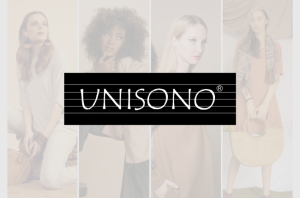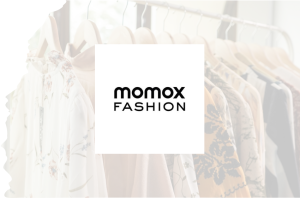H&M | Leading the Way in Global Fashion Trends and Sustainability

In the fast-paced world of fashion, H&M stands out as a global powerhouse that not only sets trends but also leads the way in sustainable practices. From their innovative designs to their commitment to ethical production, H&M is revolutionizing the fashion industry one stylish and eco-friendly piece at a time. Join us as we explore how this iconic brand is shaping the future of fashion through its dedication to both style and sustainability.
Introduction: H&M’s Impact on Global Fashion Trends and Sustainability
As one of the world’s largest fashion retailers, H&M has long been synonymous with accessible style and trendsetting designs. Since its founding in 1947, the brand has played a pivotal role in shaping global fashion trends, offering affordable yet fashionable clothing to millions of customers worldwide. However, in recent years, H&M has also emerged as a leader in sustainability, spearheading initiatives to reduce its environmental impact and promote ethical practices throughout its supply chain.

This blog will explore H&M’s dual role as a trendsetter in global fashion and a trailblazer in sustainability. From its iconic collaborations with top designers to its ambitious sustainability goals, H&M continues to push the boundaries of what is possible in the fashion industry, setting a new standard for both style and sustainability.
Setting Trends: H&M’s Influence on Global Fashion
H&M’s influence on global fashion cannot be overstated. With its finger on the pulse of the latest trends, the brand consistently delivers on-trend collections that resonate with fashion-forward consumers around the world. From runway-inspired looks to street style staples, H&M designs capture the essence of contemporary style, making high fashion accessible to the masses.
One of H&M most notable contributions to global fashion trends is its collaborations with top designers and celebrities. These limited-edition collections generate buzz and excitement among fashion enthusiasts, offering a unique opportunity to own pieces from some of the industry’s most coveted names. By partnering with designers like Karl Lagerfeld, Isabel Marant, and Alexander Wang, H&M has solidified its reputation as a trendsetter and innovator in the fashion world.
Commitment to Sustainability: H&M’s Ethical Journey
In recent years, H&M has made significant strides in prioritizing sustainability and ethical practices throughout its operations. Recognizing the environmental and social impact of the fashion industry, H&M has implemented a series of initiatives aimed at reducing its carbon footprint, minimizing waste, and promoting fair labor practices.
One of H&M key sustainability goals is to become climate positive by 2030, meaning that it aims to reduce more greenhouse gas emissions than it emits. To achieve this ambitious target, the brand is investing in renewable energy, improving energy efficiency in its stores and factories, and exploring innovative solutions to reduce waste throughout its supply chain.
Conscious Collections: Fashion with a Conscience
As part of its commitment to sustainability, H&M has introduced Conscious Collections, which feature clothing made from sustainable materials such as organic cotton, recycled polyester, and TENCEL™ lyocell. These collections offer customers the opportunity to make more eco-friendly choices without sacrificing style or affordability.
In addition to using sustainable materials, H&M is also working to promote circular fashion by encouraging customers to recycle their old clothing through its garment collecting program. Through this initiative, H&M collects unwanted garments from customers and repurposes them into new textiles, reducing the amount of clothing that ends up in landfills.
Transparency and Accountability: Leading by Example
Transparency and accountability are essential pillars of H&M sustainability strategy. The brand is committed to providing customers with transparent information about its environmental and social practices, including its progress towards sustainability goals and efforts to improve supply chain transparency.
In addition to disclosing information about its own operations, H&M also collaborates with industry partners, NGOs, and other stakeholders to drive positive change across the fashion industry. By sharing best practices, collaborating on research and development, and advocating for policy changes, H&M is leading by example and inspiring other brands to prioritize sustainability and ethical practices.

Conclusion: Fashion Forward, Future Focused
In conclusion, H&M’s dual focus on global fashion trends and sustainability exemplifies its commitment to driving positive change in the fashion industry. As a trendsetter, H&M continues to push the boundaries of style, offering customers access to high-fashion looks at affordable prices. At the same time, the brand is leading the way in sustainability, implementing initiatives to reduce its environmental impact and promote ethical practices throughout its supply chain.
As we look to the future, H&M’s leadership in both fashion and sustainability will undoubtedly shape the industry for years to come. By prioritizing innovation, transparency, and accountability, H&M is setting a new standard for what it means to be a responsible fashion retailer in the 21st century. So, whether you’re shopping for the latest trends or looking to make more sustainable choices, you can count on H&M to deliver fashion forward, future-focused solutions.


